Game description:
Dead Tapes: Fading Father opens with the player inside a house that holds no welcome. The setting is not explained, but it quickly becomes clear that it reflects more than a physical place — it is connected to a personal history shaped by addiction and emotional distance. The rooms are silent, the furniture minimal, and yet the air feels heavy. The player begins to move through the space slowly, guided only by their surroundings and what can be found within drawers, hallways, and scattered objects.
Understanding Through Discovery
The house in Dead Tapes: Fading Father becomes a map of memory. There are no written journals or visible characters, but the main source of narrative is audio. As players find cassette tapes and play them on old recorders, pieces of the protagonist’s voice offer insight into decisions made in the past. Some objects in the home trigger memories, while others must be physically used to make progress. For example, a plank might block a door until it is placed elsewhere, or a key item may appear after interacting with a specific object.
Gameplay Focus and Elements
The game structure centers on exploration and psychological atmosphere, offering features such as:
· A first-person view to immerse the player in the space
· Audio tapes that act as narrative progression points
· Small puzzles based on object movement and discovery
· A single environment that shifts slightly as events unfold
· A focus on memory and consequences instead of traditional objectives
These mechanics work together to move the story forward without explicit goals, encouraging players to search carefully and think about what each object represents.
A Story Told Through Space
While the setting remains static in structure, its meaning changes with time. Symbols appear throughout — sealed doors, damaged furniture, and alcohol in hidden places. These are not just parts of the level design, but signs of the emotional state of the protagonist. The house changes as more tapes are played. The lights shift, certain areas become accessible, and previously silent rooms start to carry emotional weight. Without any direct explanation, players must interpret what these shifts mean and how they relate to the story being told.
Closing the Door on the Past
Dead Tapes: Fading Father moves toward its end not with a revelation, but with a conclusion that feels internal. As the last tape finishes and the final room is explored, there is no reward screen or resolution in the traditional sense. Instead, the player is left with a clearer understanding of what has been lost, and how the house itself was shaped by a life that drifted into silence. The experience lasts under half an hour, but the design leaves room for reflection well beyond the game’s final moment.











































































































































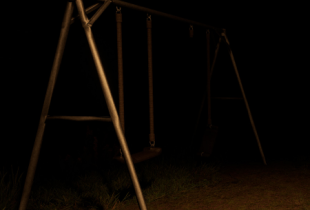
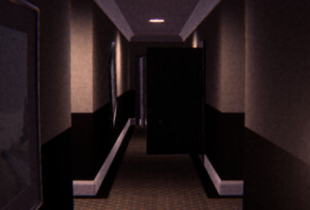
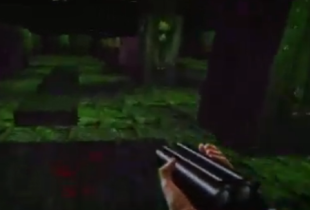
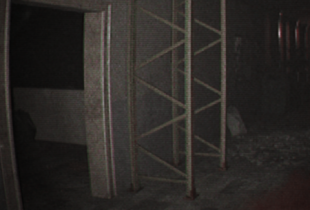




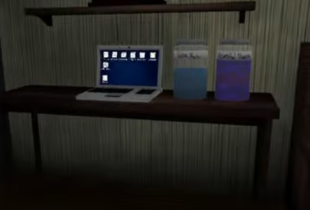


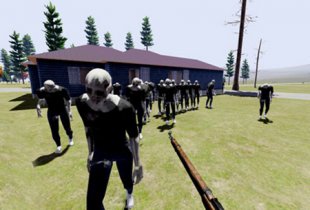
Comments